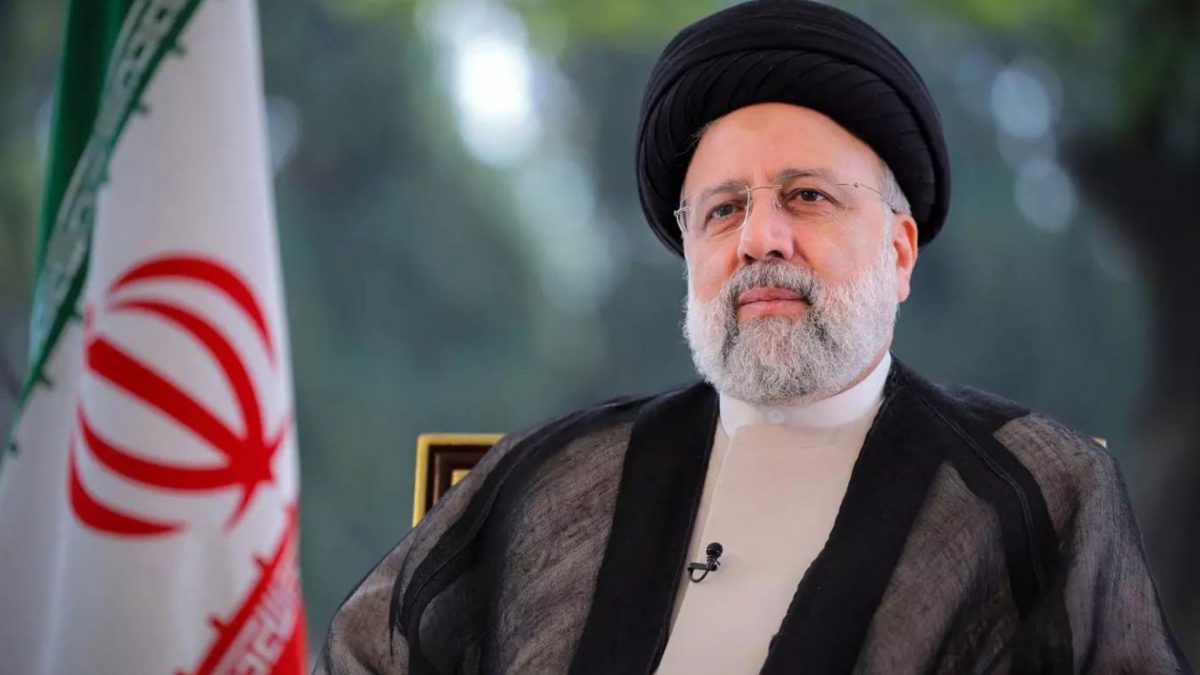The helicopter which was carrying 63-year-old Iranian president Ebrahim Raisi crashed on May 19 primarily due to challenging climatic and atmospheric conditions, the country state TV said citing the final investigation report on the incident.
Raisi, a hardliner who was seen as a potential successor to Iranian Supreme Leader Ayatollah Ali Khamenei, his foreign minister Hossein Amirabdollahian, and six others died in the crash in a remote mountainous area near Azerbaijan border.
“The main reason of the helicopter crash was complicated weather conditions in the region,” Iran’s state TV cited the final report of the Supreme Board of the General Staff of the Armed Forces.
The report also mentioned the sudden appearance of a thick mass of dense fog moving upwards as the helicopter collided with the mountain.
It further said that there were no signs of sabotage in parts and systems and ruled out the possibility of the helicopter being targeted by offensive and defensive systems.
It also mentioned said that the parts and systems from the crashed helicopter - including engines, power transmission systems, fuel systems, and electronic equipment - were tested thoroughly by experts from the Ministry of Defence. Also, the possibility of the helicopter being targeted by offensive and defensive systems has been ruled out.
Impact Shorts
More ShortsAlso, a forensic committee conducted toxicological and pathological tests on the remains of the victims and the results indicated no suspicious findings.
The investigation report further said that the helicopter followed the planned route and did not change its flight path.
In May, the Iran’s army had also said it had found no evidence of criminal activity in the crash that killed Raisi and Hossein Amir-Abdollahian.
The wreckage was found only on the morning of May 20.
Raisi was buried at the Imam Reza Mausoleum in Mashhad, his hometown, on May 23.
With inputs from agencies.


)

)
)
)
)
)
)
)
)



